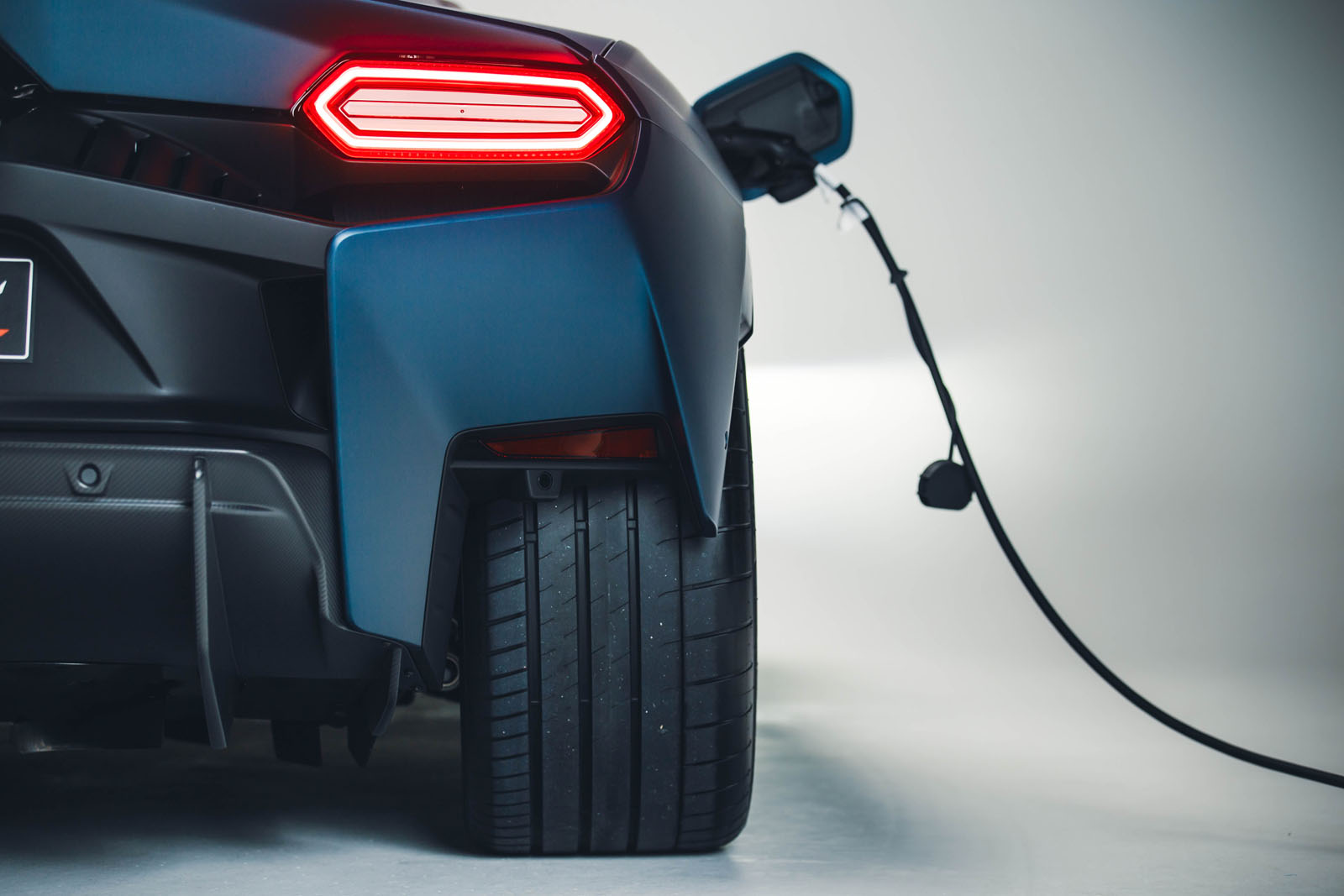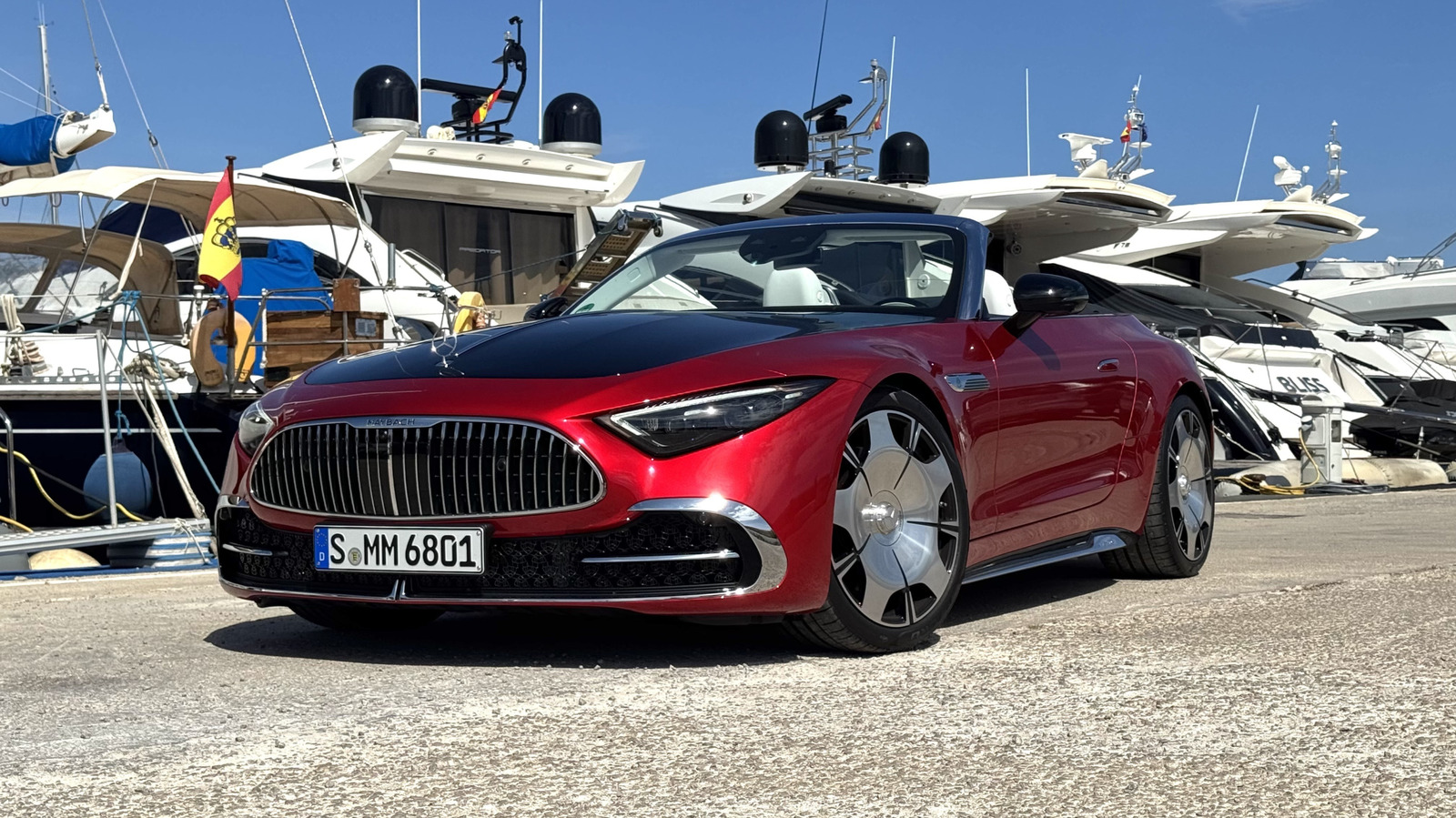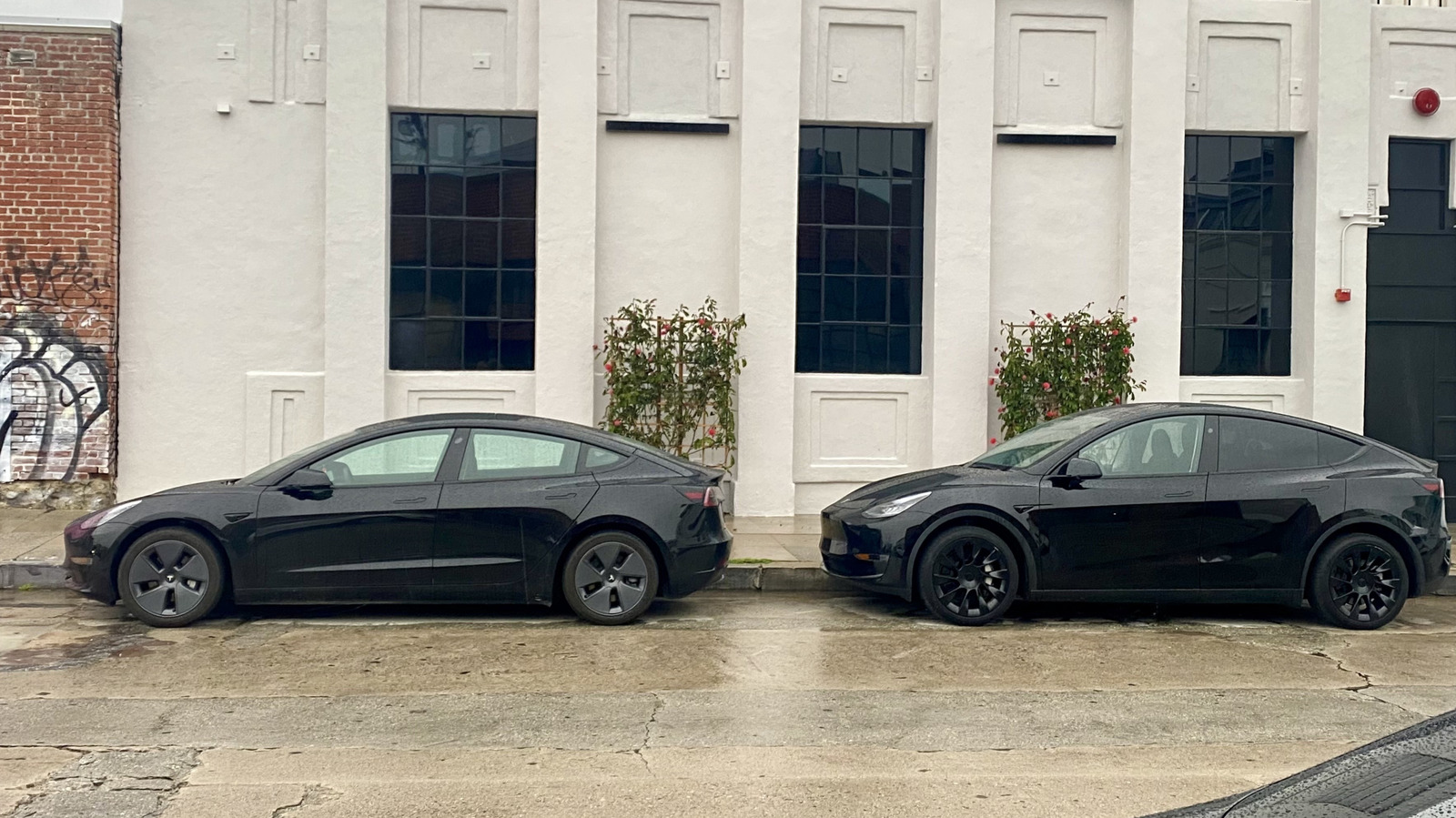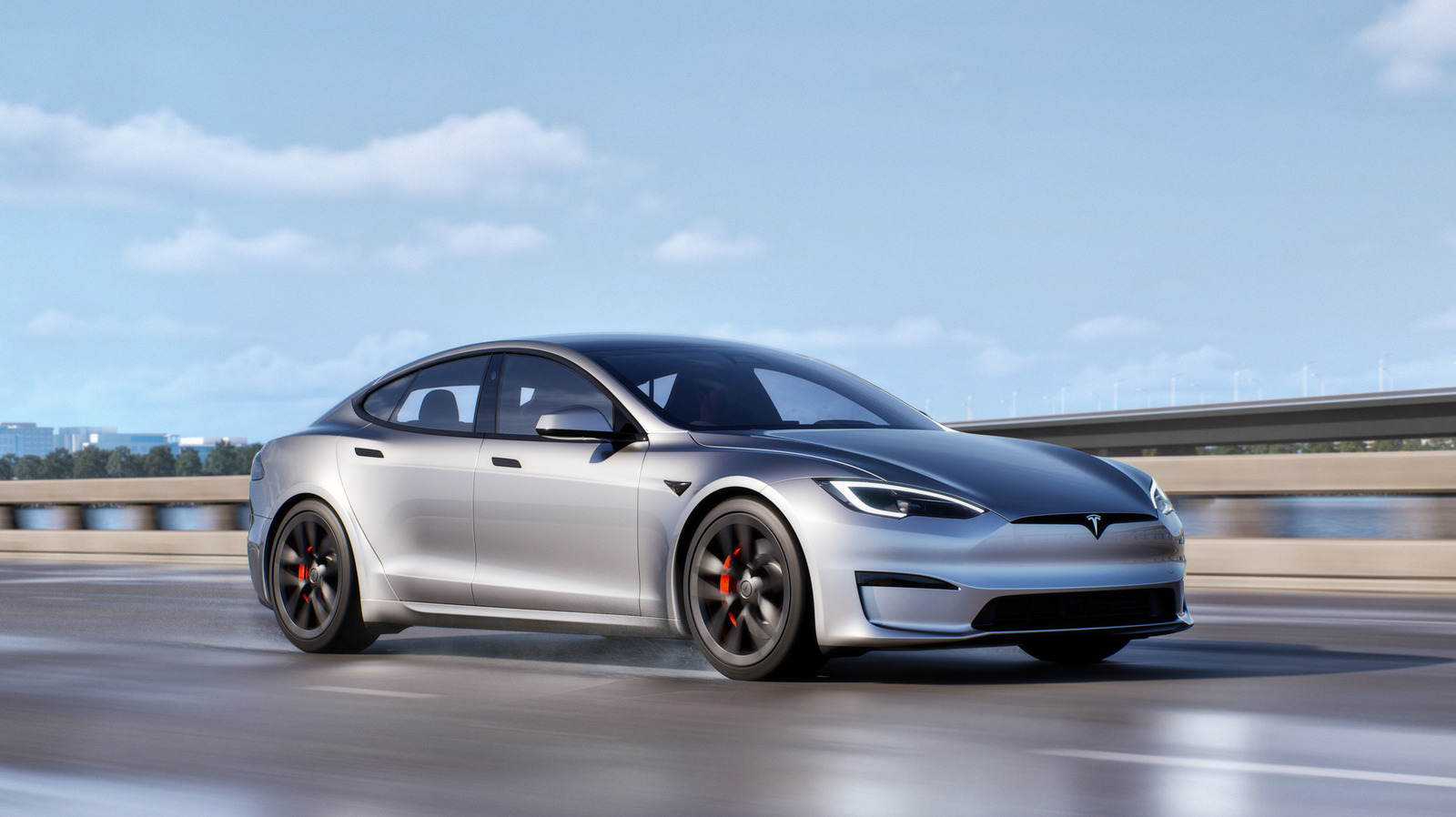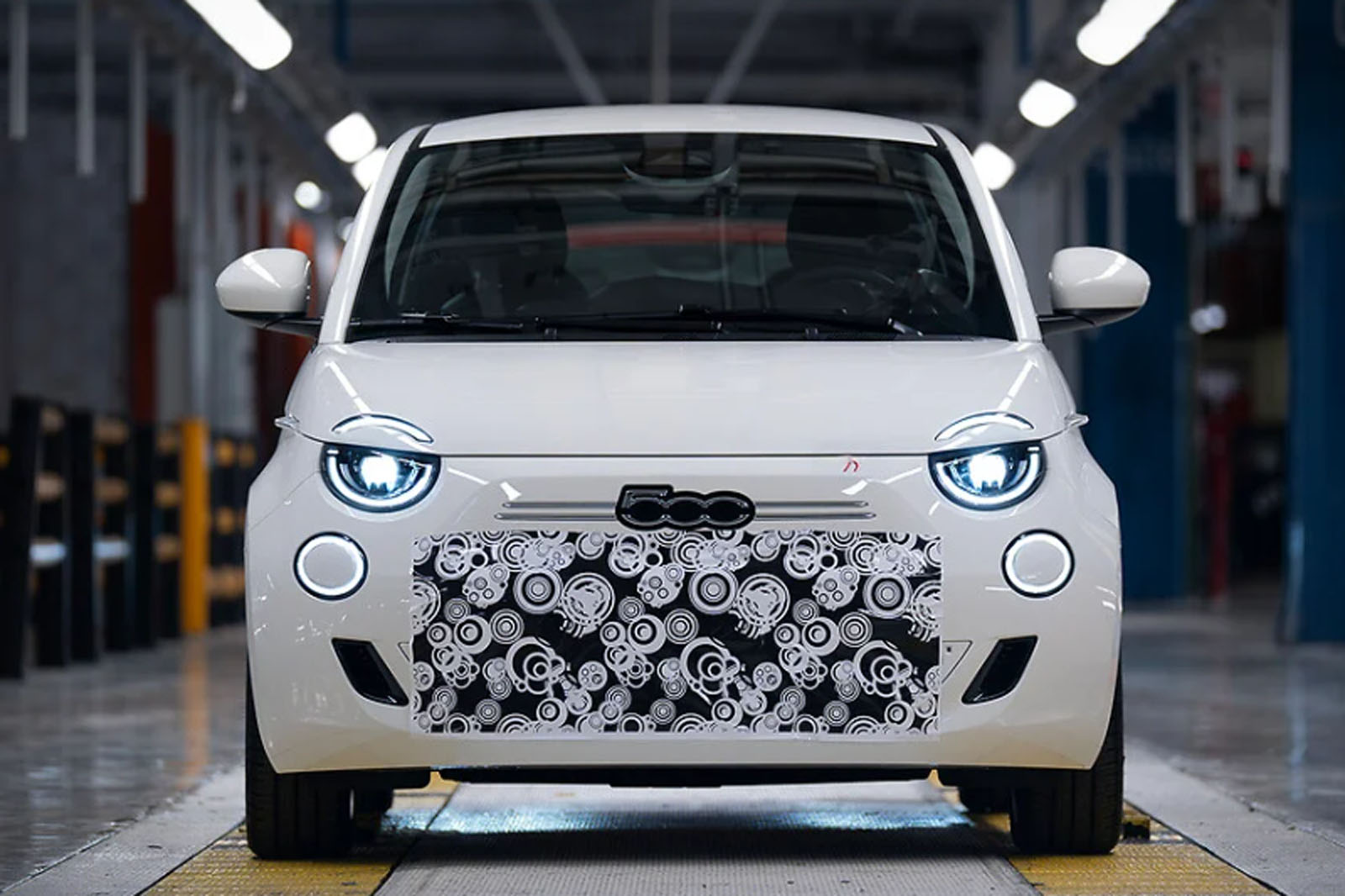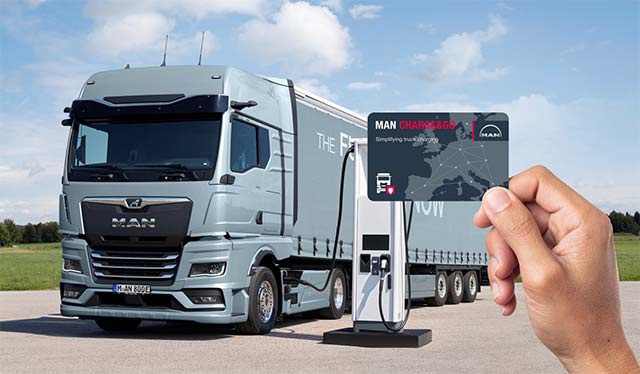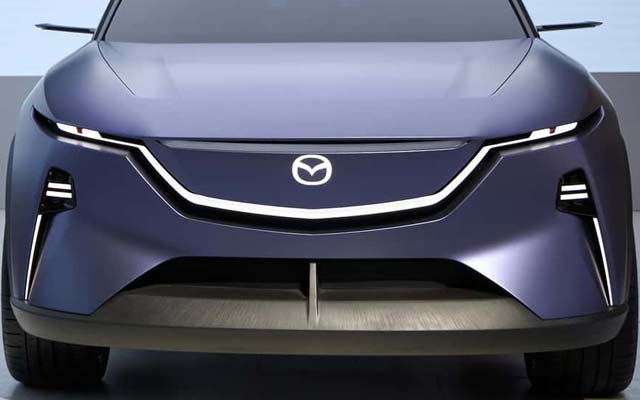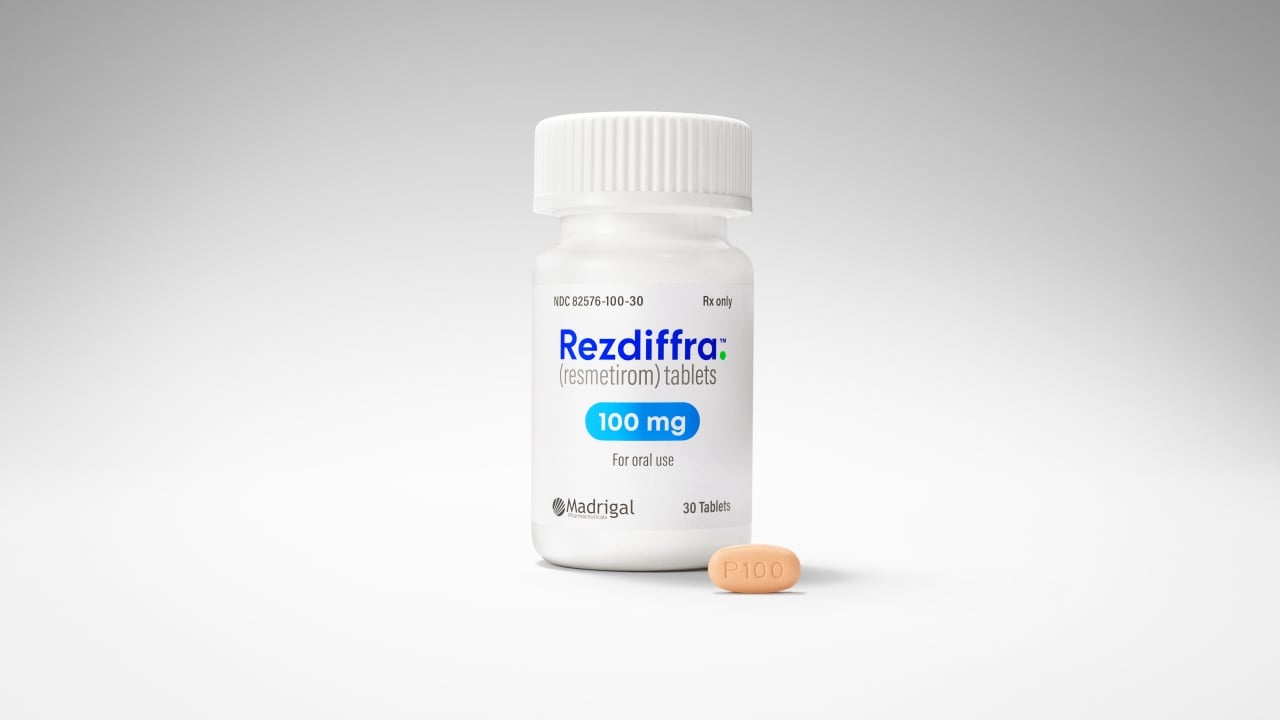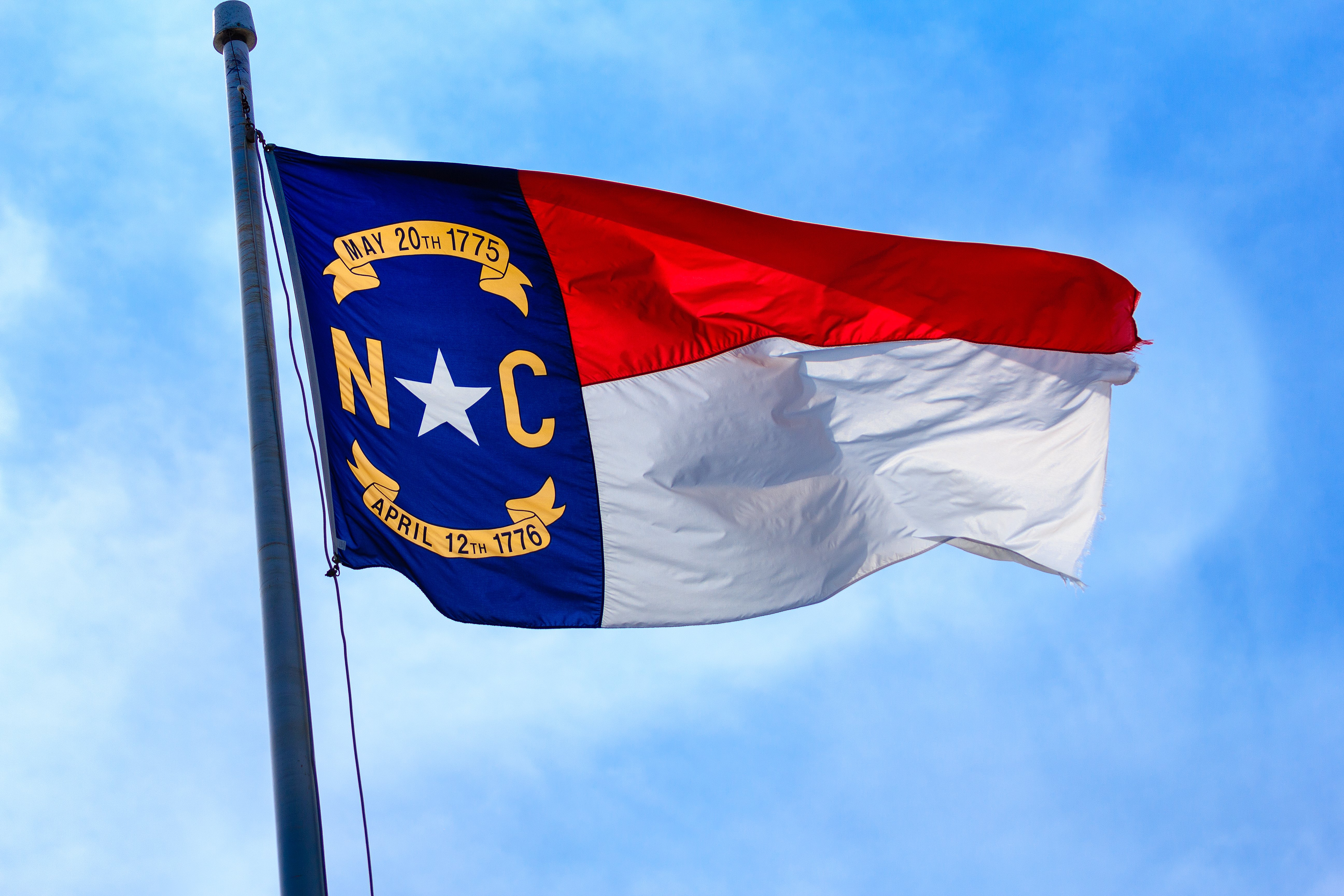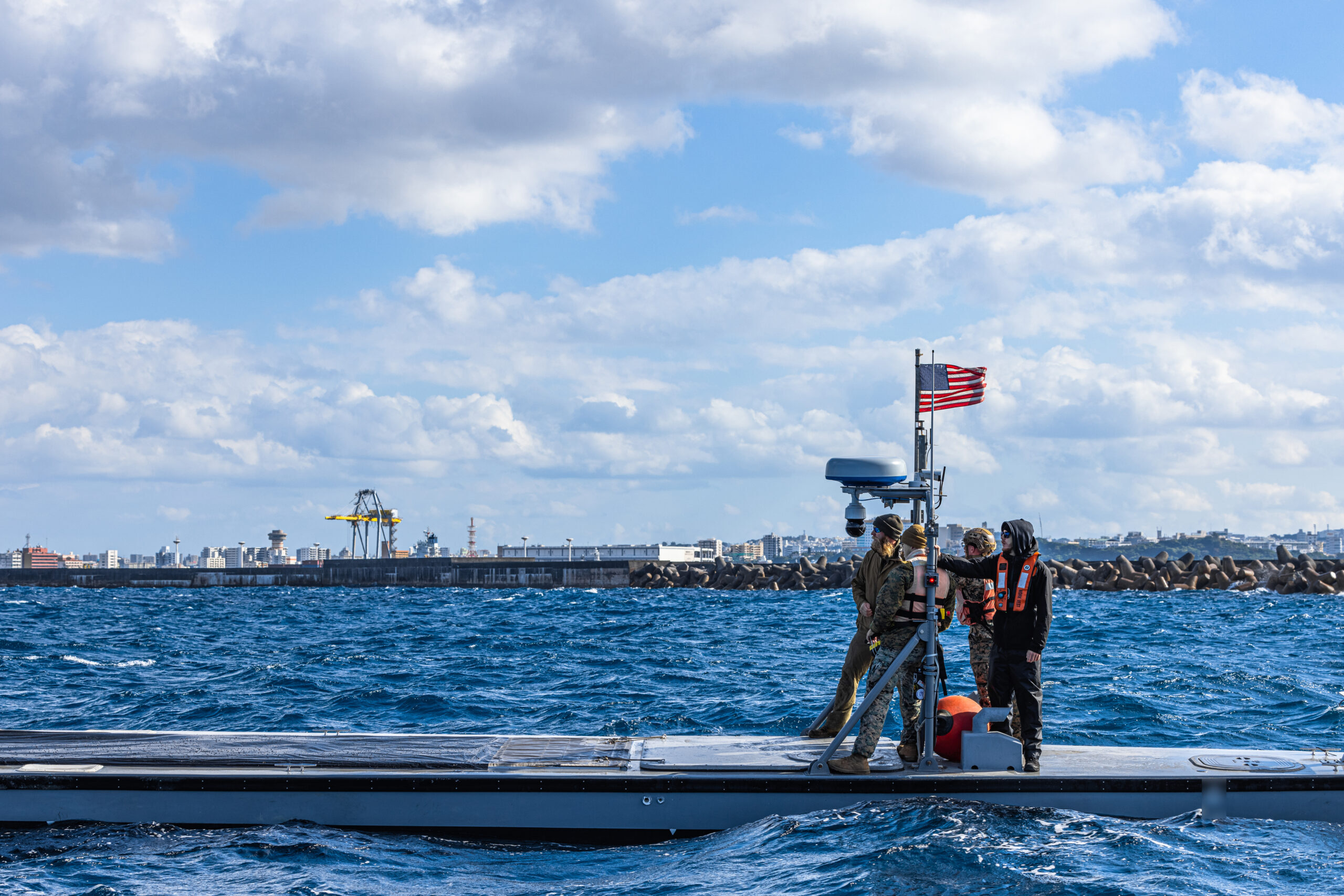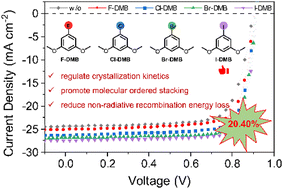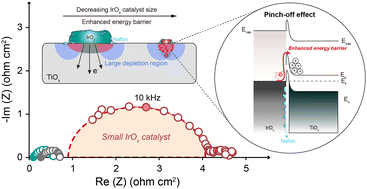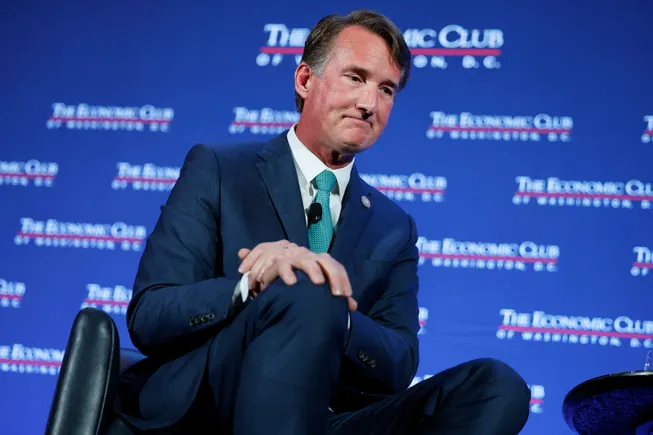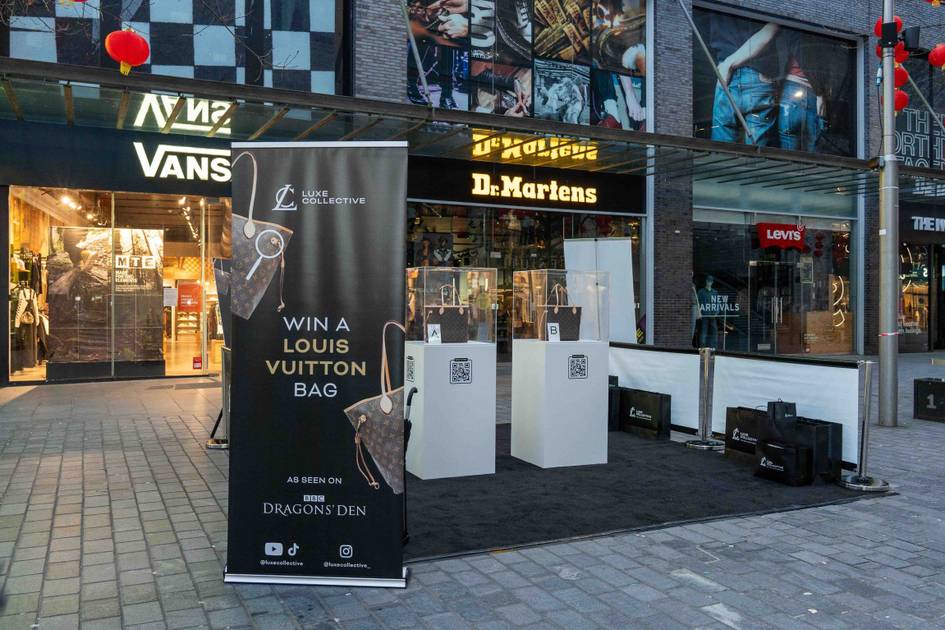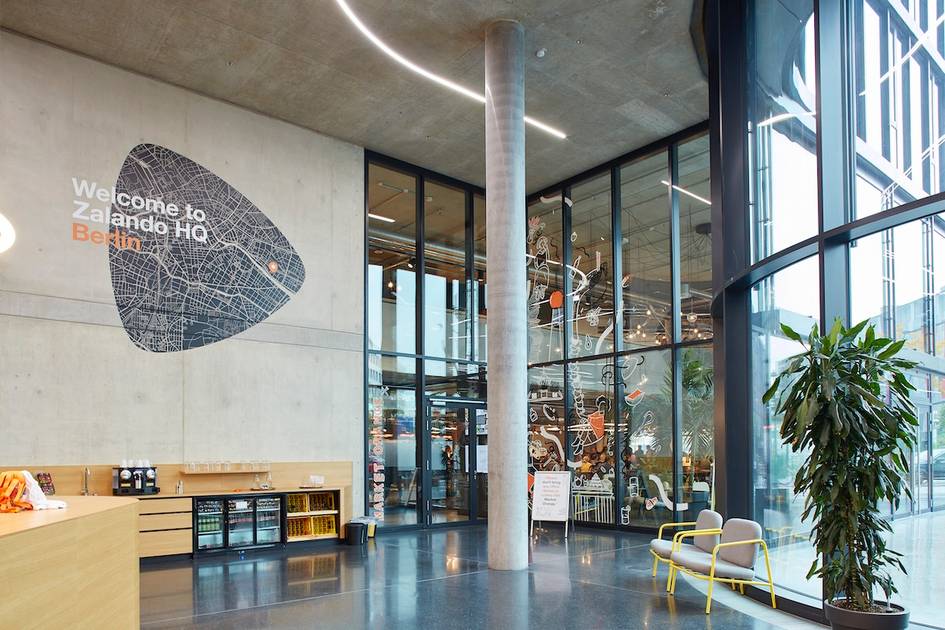Creative Director Maria Billson Olander on steering Vagabond Shoemakers’ future: ‘It’s about staying true to our DNA while evolving with the world’
Interview Credits: Vagabond Shoemakers They say a great pair of shoes doesn’t just carry you, they define your journey. Vagabond Shoemakers is charting a path that’s equal parts heritage, craftsmanship, and innovation. Known for its seamless fusion of Scandinavian minimalism and everyday functionality, the Swedish footwear label is stepping boldly into the future under the creative direction of Maria Billson Olander. “We are a fashion brand, we are shoemakers, and we are sustainability-driven,” she says. “That triangle defines our DNA.” In a conversation with FashionUnited, Olander reflects on her own journey, outlines Vagabond’s strategic direction, and shares how the brand is innovating in materials, design, and responsible production, without losing sight of its core identity. A career built on craftsmanship and creativity Olander’s career path seems almost destined. Growing up in a Swedish region once known for its thriving knitwear industry, her fascination with textiles and craftsmanship started early. “I used to work in knitwear factories during school holidays. Watching designers at work fascinated me,” she recalls. After studying fashion and knitwear, she landed her first design assistant role at a leather jacket company, gaining hands-on experience with high-quality materials. In 1999, she joined Vagabond—a move she describes as finding her professional home. “The design aesthetic spoke to me immediately, and I’ve been here ever since,” she says. Today, as Creative Director, she plays a crucial role not just in design but also in marketing and sales strategy. “It’s a cross-functional process. We’re always thinking together: is this product campaign-worthy? Should it lead on socials? These discussions are constant.” Creative director of Vagabond Shoemakers, Maria Billson Olander. Credits: Vagabond Shoemakers Design for the modern urbanite At the heart of Vagabond’s creative direction is a commitment to contemporary design grounded in everyday wearability. “We design for the everyday,” Olander says. “Shoes that are wearable, versatile, but always with a modern twist.” The collections are developed on a rolling cycle, with about six seasonal drops complemented by regular in-season updates. “Design at Vagabond doesn’t pause,” she notes. A major source of inspiration is the brand’s own extensive archive, particularly its strong 90s design DNA. “Our archive is a goldmine,” she says. “Some of our biggest successes were sparked by styles from our early years. Right now, boat shoes are coming back, and that silhouette was one of the first we ever designed.” Vagabond’s urban aesthetic aims to transcend age and geography. “We don’t design for specific markets,” Olander explains. “We create for an urban, style-conscious person who values quality and timeless appeal.” Sustainability and structure with purpose In today’s fashion industry, true commitment to sustainability requires more than surface-level changes, it demands a fully integrated approach. Vagabond works only with LWG-certified tanneries, uses chrome-free leather for linings, and incorporates organic cotton, TENCEL™, and GRS-certified recycled polyester into its designs. “We keep control over the full process,” Olander emphasizes. “Every shoe is prototyped and tested in-house at our Varberg HQ.” This hands-on approach ensures consistency, quality, and accountability. Beyond materials, the label has a deep respect for craftsmanship and technical development. From development of lasts to outsole design, all critical steps are handled internally, a rare advantage in today’s fragmented production landscape. Credits: Vagabond Shoemakers In 2023, Vagabond took its commitment to long-term impact a step further when founders Marie Nilsson Peterzén and Mats Nilsson gifted the company to the newly established Vagabond Shoemakers Foundation. This unique ownership structure ensures that future profits are reinvested into research, education, and charitable initiatives. In early 2025, the foundation announced its first grants, totaling 1.4 million euros, supporting organisations such as Doctors Without Borders and Mercy Ships Broadening horizons, staying rooted While shoemaking remains at the heart of Vagabond, the brand isn’t afraid to explore adjacent categories that align with its DNA. The success of its leather bags and jackets—natural extensions of its footwear expertise—demonstrates this flexibility. “When we launched our first bags, we weren’t sure, because, after all, we’re shoemakers,” Olander laughs. “But it was a huge success. Same with our leather jackets, which sold out in 24 hours.” Looking ahead, she envisions expanding Vagabond’s global footprint while staying true to its core values: craftsmanship, sustainability, and the belief that good design should be both wearable and lasting. “We want to grow into a truly global fashion brand,” she says. “But always on our own terms.” As the brand continues to evolve, Olander remains
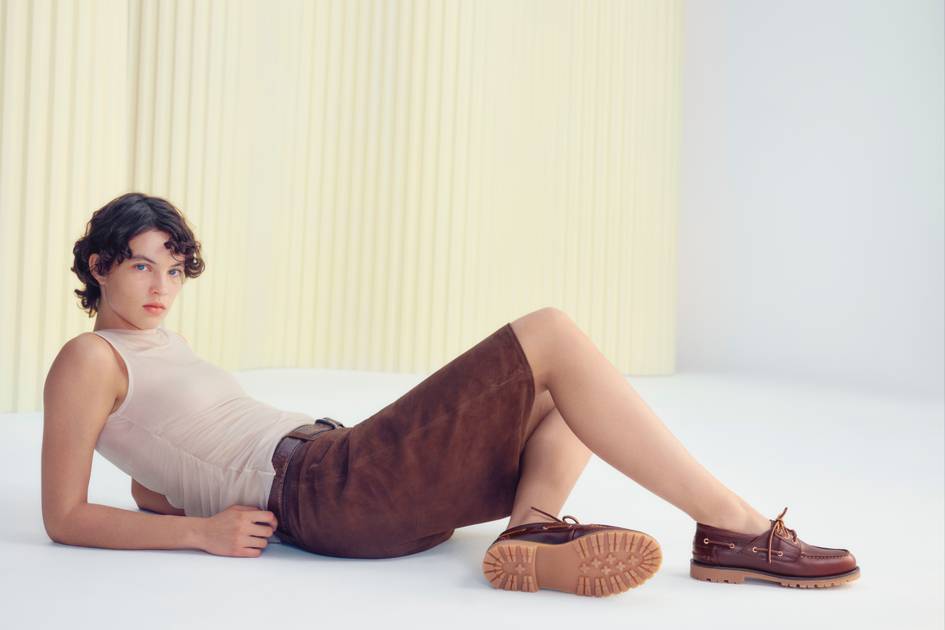
Interview
They say a great pair of shoes doesn’t just carry you, they define your journey. Vagabond Shoemakers is charting a path that’s equal parts heritage, craftsmanship, and innovation. Known for its seamless fusion of Scandinavian minimalism and everyday functionality, the Swedish footwear label is stepping boldly into the future under the creative direction of Maria Billson Olander. “We are a fashion brand, we are shoemakers, and we are sustainability-driven,” she says. “That triangle defines our DNA.”
In a conversation with FashionUnited, Olander reflects on her own journey, outlines Vagabond’s strategic direction, and shares how the brand is innovating in materials, design, and responsible production, without losing sight of its core identity.
A career built on craftsmanship and creativity
Olander’s career path seems almost destined. Growing up in a Swedish region once known for its thriving knitwear industry, her fascination with textiles and craftsmanship started early. “I used to work in knitwear factories during school holidays. Watching designers at work fascinated me,” she recalls. After studying fashion and knitwear, she landed her first design assistant role at a leather jacket company, gaining hands-on experience with high-quality materials.
In 1999, she joined Vagabond—a move she describes as finding her professional home. “The design aesthetic spoke to me immediately, and I’ve been here ever since,” she says. Today, as Creative Director, she plays a crucial role not just in design but also in marketing and sales strategy. “It’s a cross-functional process. We’re always thinking together: is this product campaign-worthy? Should it lead on socials? These discussions are constant.”
Design for the modern urbanite
At the heart of Vagabond’s creative direction is a commitment to contemporary design grounded in everyday wearability. “We design for the everyday,” Olander says. “Shoes that are wearable, versatile, but always with a modern twist.” The collections are developed on a rolling cycle, with about six seasonal drops complemented by regular in-season updates. “Design at Vagabond doesn’t pause,” she notes.
A major source of inspiration is the brand’s own extensive archive, particularly its strong 90s design DNA. “Our archive is a goldmine,” she says. “Some of our biggest successes were sparked by styles from our early years. Right now, boat shoes are coming back, and that silhouette was one of the first we ever designed.” Vagabond’s urban aesthetic aims to transcend age and geography. “We don’t design for specific markets,” Olander explains. “We create for an urban, style-conscious person who values quality and timeless appeal.”
Sustainability and structure with purpose
In today’s fashion industry, true commitment to sustainability requires more than surface-level changes, it demands a fully integrated approach. Vagabond works only with LWG-certified tanneries, uses chrome-free leather for linings, and incorporates organic cotton, TENCEL™, and GRS-certified recycled polyester into its designs. “We keep control over the full process,” Olander emphasizes. “Every shoe is prototyped and tested in-house at our Varberg HQ.” This hands-on approach ensures consistency, quality, and accountability. Beyond materials, the label has a deep respect for craftsmanship and technical development. From development of lasts to outsole design, all critical steps are handled internally, a rare advantage in today’s fragmented production landscape.
In 2023, Vagabond took its commitment to long-term impact a step further when founders Marie Nilsson Peterzén and Mats Nilsson gifted the company to the newly established Vagabond Shoemakers Foundation. This unique ownership structure ensures that future profits are reinvested into research, education, and charitable initiatives. In early 2025, the foundation announced its first grants, totaling 1.4 million euros, supporting organisations such as Doctors Without Borders and Mercy Ships
Broadening horizons, staying rooted
While shoemaking remains at the heart of Vagabond, the brand isn’t afraid to explore adjacent categories that align with its DNA. The success of its leather bags and jackets—natural extensions of its footwear expertise—demonstrates this flexibility. “When we launched our first bags, we weren’t sure, because, after all, we’re shoemakers,” Olander laughs. “But it was a huge success. Same with our leather jackets, which sold out in 24 hours.”
Looking ahead, she envisions expanding Vagabond’s global footprint while staying true to its core values: craftsmanship, sustainability, and the belief that good design should be both wearable and lasting. “We want to grow into a truly global fashion brand,” she says. “But always on our own terms.” As the brand continues to evolve, Olander remains open to broadening its portfolio while emphasizing continuity. “It’s about staying true to our DNA while evolving with the world around us,” she says. “I just want to continue this journey.”










